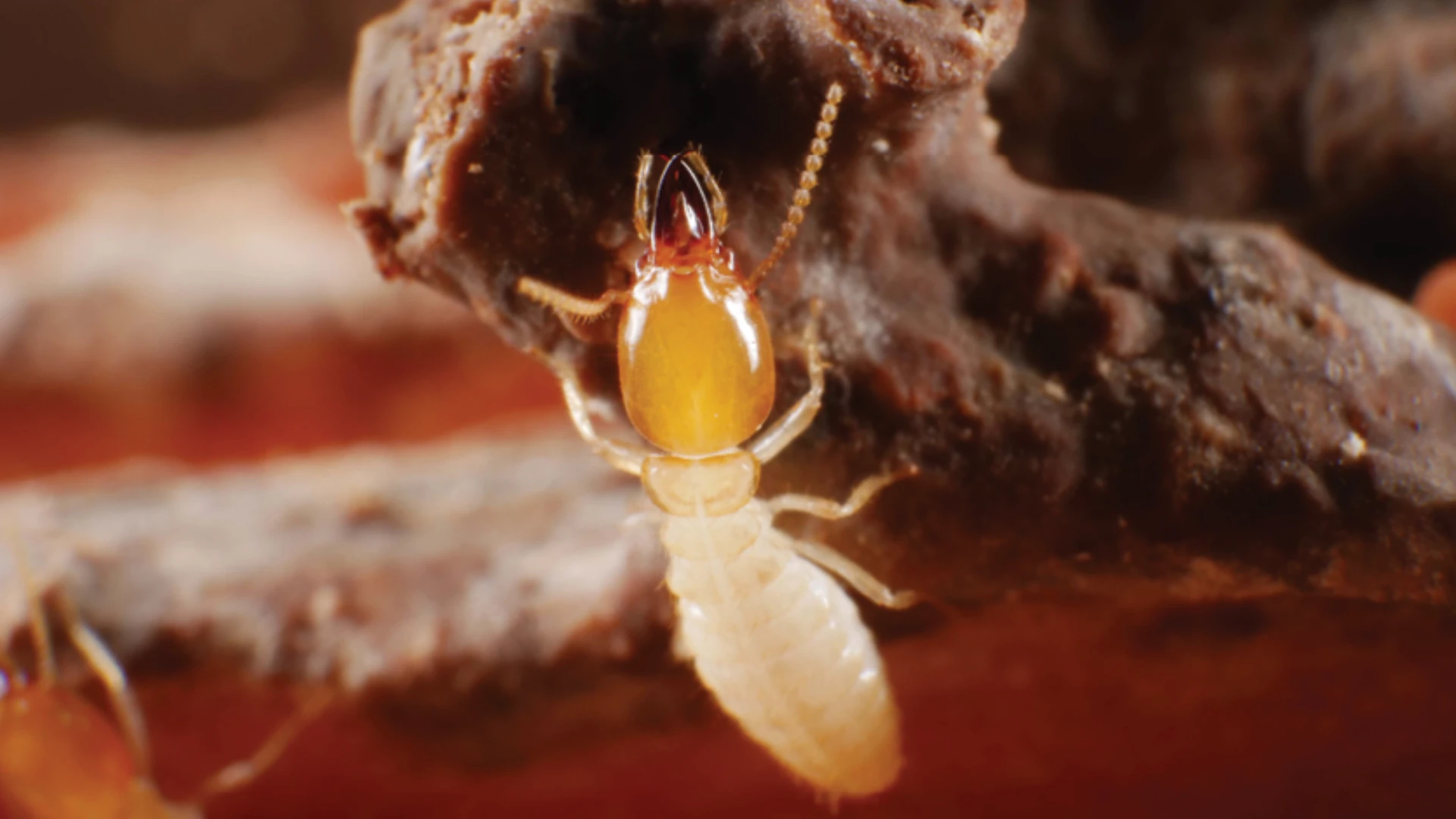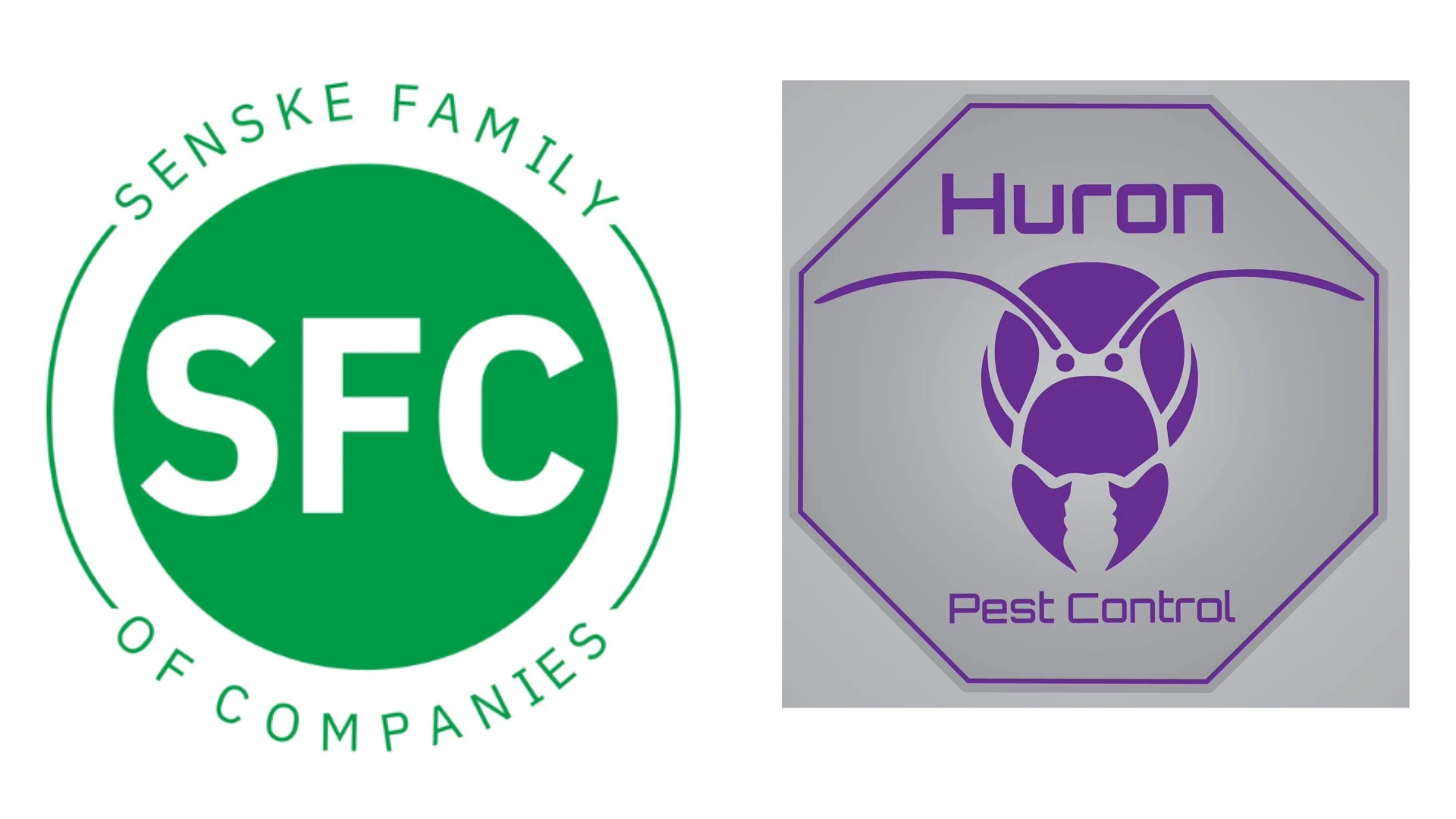Ladybugs are a growing problem in many parts of the country, resulting in an excellent new profit opportunity for PCOs.
Throughout the country recently there have been many reports of lady beetles invading homes and businesses, prompting thousands of calls to PCOs. Here’s what you should know about these spotted creatures. Virtually all of the 350 species of lady beetles in the United States are beneficial to the environment and have few negative qualities. They feed on harmful insects but can turn into a nuisance quickly by invading homes.
"It’s not unusual to find one or two ladybugs in a house, but many of our field offices are receiving calls from homeowners who have found hundreds in their houses at one time," said Stoy Hedges, manager of technical services for Terminix International, Memphis, Tenn.
"The ladybugs’ food source — aphids and mealybugs found on trees and shrubs — has been plentiful this year providing them with all the food they needed to thrive and multiply," he said. "Now, there are tens of thousands of ladybugs looking for winter homes."
The ladybugs’ eggs are laid in single or multiple groups of 12 on plants infested with aphids. The larvae are flattened and spindle-shaped, with warts or spines on the dorsal (back) side. They undergo four molts and are brightly colored with blue, black and orange. The pupae, which do not form cocoons, are attached to leaves by the tip of their abdomens.
The warmer southern and western walls of a house attract ladybugs and other insects, providing entry into the house through any cracks or holes that may be present. The best method for controlling ladybugs, Hedges said, is to prevent them from entering the house in the first place.
According to the National Pest Control Association, ladybugs may enter homes around the time of the first frost of the season. They can enter structures through any crack, crevice, open window or hole. They don’t cause a huge problem for customers, except for their presence. "They will become active when it gets warm again and try to find their way back outside, where they continue their very helpful work of eating other insects, especially several kinds of major plant pests," the association says.
The reason ladybugs seek the warmth of indoors is because they are looking for someplace warm to stay throughout the cold months. "Ladybugs and a host of other overwintering insects area attracted to the warm sides (south and west exposures) of structures," said Dr. Richard Kramer, president of Innovative Pest Management. "They are looking for places to get into the wall and other protected areas where they can spend the winter.
A few preventive treatments for lady beetles do exist. "The best thing to do is make sure that all cracks and crevices around pipes, wires, windows, doors, etc., are caulked tight to prevent entry," Kramer said. "The exterior of the house can be treated with a microencapsulated insecticide and this will kill many of the bugs landing on the surface. Treating around potential points of entry will also help."
But what if the insects are already inside for the winter and it’s too late to prevent them from coming in? "If they start getting inside now or later during the winter — use a vacuum to remove them," Kramer said. "Try to avoid crushing them because they will leave a stain. Also, sealing on the inside will keep many of them from entering the interior of the house."
As far as insecticides, Kramer says spraying inside the structure is not necessary. Also, Kramer says, unfortunately, there are no baits or traps for lady beetles. The best way to prevent lady beetles is to secure the structure so they are unable to enter the following year.
ASIAN LADY BEETLE:
The Asian lady beetle was introduced into the United States from Asia to control aphids, scale and other crop pests from 1978 to 1981. It is now widely distributed east of the Mississippi and has been documented in areas of the Midwest, Southwest and Pacific Northwest.
And according to Dr. Phil Koehler, professor of entomology at the University of Florida, the Asian lady beetle is now a growing pest problem in the "Sunshine State" as well. They invade homes and commercial buildings looking for places to overwinter, just like traditional lady beetles. Adult Asian lady beetles are oval, about 1/4 inch long, 3/16 inch wide, and yellow to orange colored, with or without black spots on the wing covers, Koehler writes in the November/December issue of PCO, the official magazine of the Florida Pest Control Association. Most Asian lady beetles have 19 large black spots, he added, and older beetles are sometimes reddish in color.
The adult Asian lady beetles release a pheromone that attracts other lady beetles of the same species. Therefore, they cluster in corners of the ceiling and can hang in big globs, Koehler writes. They are also attracted to lights.
PREVENTION TIPS
Unfortunately, if your customer’s home is already plagued by ladybugs, preventive steps may be too late this year. But there are some steps you can take to prevent a ladybug recurrence next summer:
• Seal cracks (including gaps in siding) and holes in the exterior of the house, especially on the south and west walls.
• Cover foundation and attic vents with tight-fitting screens. Check soffit, gable and turbine vents.
• Screens should fit tightly and unscreened doors and windows should not be left open.
• Periodic inspection of exterior plants for aphids, scale and other soft-bodied insects helps to anticipate a ladybug problem.
WANT MORE?
Enter your email to receive our newsletters.

Explore the January 1999 Issue
Check out more from this issue and find your next story to read.
Latest from Pest Control Technology
- Webinar: Employee Incentives — Going Beyond the Annual Raise
- Pest Control Companies Helping Neighbors in Need Eradicate Bed Bugs
- Why Does Marketing Feel So Opaque?
- How Did This Pest Get Its Name?
- Rose Pest Solutions Honors Top Performers with Annual Chief’s Club Awards
- Doug Foster on Termite Control Equipment, Resources
- Pest Control Consultants Acquires EcoGuard Pest Control
- Pest Index Increased 9 Percent YOY in February





